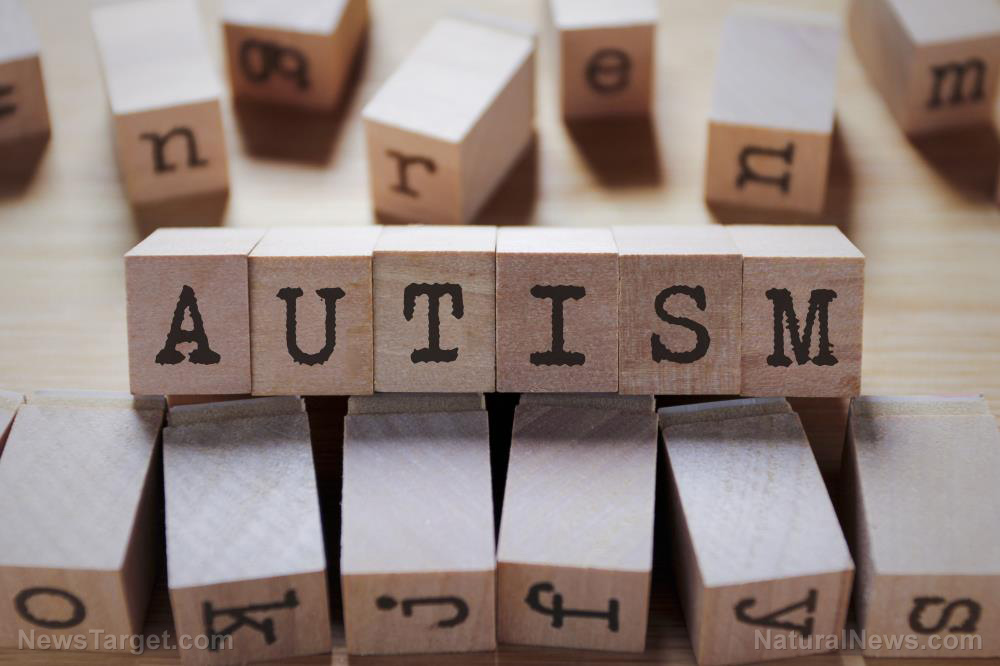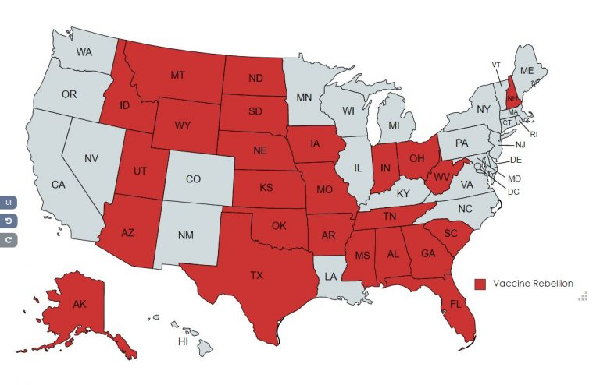Mass vaccinations responsible for 1 in 30 children now having autism
08/21/2022 / By Ethan Huff

The percentage of children in America who are getting diagnosed with autism spectrum disorder (ASD) is skyrocketing. And many want to know: Are vaccines responsible?
Today, one in 30 children, or 3.49 percent, of children aged 3 to 17 have some degree of autism. This is according to the latest data from 2020, which was gathered in 2019.
Keep in mind that this data does not include Wuhan coronavirus (Covid-19) “vaccines,” which were introduced after it was collected. (Related: Remember when Sesame Street introduced its first ever character with autism to help normalize the escalating autism rate among children?)
The U.S. National Health Interview Survey (NHIS) conducted a survey of 12,554 children, 410 of whom were discovered to have been diagnosed with autism.
“The overall prevalence of autism in 2019 was 2.79%, increasing to 3.49% in 2020, which represents a 53% increase since 2017,” writes Dr. Joseph Mercola.
“The study also revealed that autism prevalence increased from 2014 to 2016, decreased from 2016 to 2017, and then increased from 2017 to 2020. The stark rise in autism rates in the U.S. is difficult to ignore, but what’s driving the increase remains a mystery.
CDC autism estimates only include wealthy children, which skews the data
Mercola calls it a “mystery” because that is the official story being dispensed by the government. We have been told over and over again that vaccines do not cause autism, but all available evidence points to the contrary.
As increasingly more injections have been added to the Centers for Disease Control and Prevention’s (CDC) official vaccine schedule, rates of autism among children have only continued to increase right alongside that expanding schedule.

There are other known triggers of autism including glyphosate, one of the primary ingredients in Monsanto’s (now Bayer’s) Roundup herbicide formula. But the biggest elephant in the room is vaccines.
Vaccines contain toxic metals like aluminum and mercury (thimerosal) that are known to cause brain damage. These toxins are injected directly into muscle tissue, bypassing the body’s natural barriers that would otherwise catch, break down and eliminate them when consumed, for example.
“Autism spectrum disorder (ASD) has been demonstrated to be accompanied by distorted metal homeostasis,” one study explains.
“The degree to which people are affected by the metals seems to be largely influenced by the individual genetic makeup.”
Mercury (Hg) in particular is especially problematic, being linked as a “causative factor” in a variety of pathological conditions, including autism. Keep in mind that some batch flu shots still contain mercury in the form of thimerosal.
“Today, the most commonly used vaccine preservative is aluminum, not thimerosal,” Mercola notes, adding that “according to a 2018 study, people with autism were found to have high amounts of aluminum in their brains.”
“The aluminum content of brain tissue in autism was consistently high,” one study admitted about the correlation between this common vaccine ingredient and ASD.
The CDC issues estimates every four years about how many children it believes have autism in America at any given time. Those estimates only include children from higher-income families, which means the data is incomplete at best.
“I think it’s stunning that there’s a statistically significant difference [showing] that the higher levels of autism are now being diagnosed in those with lower income,” says Dr. Brian Hooker, chief science adviser at Children’s Health Defense (CHD).
“It’s interesting because it’s something that we suspected all along, but we haven’t seen it quantified like this.”
It turns out that higher-income families tend to vaccinate less than lower-income families, which would explain why the CDC cherry-picks data from the less-vaccinated group when issuing its estimates.
The latest news about the destruction of children’s bodies with autism-inducing vaccines can be found at ChemicalViolence.com.
Sources for this article include:
Submit a correction >>
Tagged Under:
ASD, autism, Autism spectrum disorder, brain function, CDC, Censored Science, chemical violence, cherry picking data, Child abuse, child health, children, disease causes, medical violence, research, Unexplained, vaccination, vaccine damage, vaccine injury, vaccine wars, vaccines
This article may contain statements that reflect the opinion of the author





















